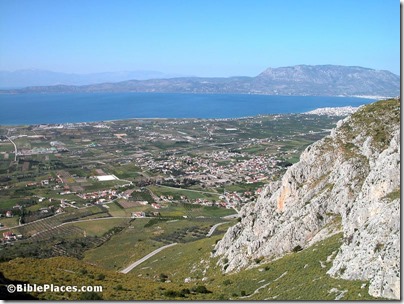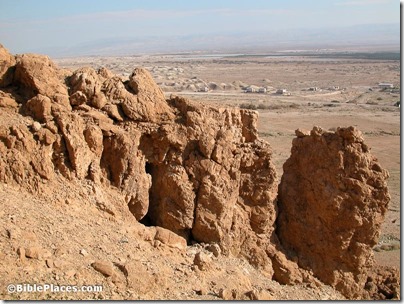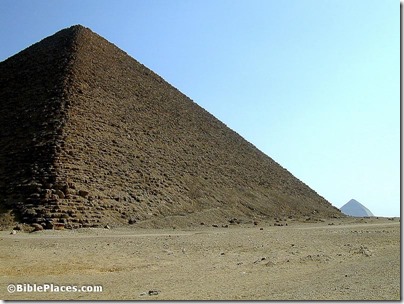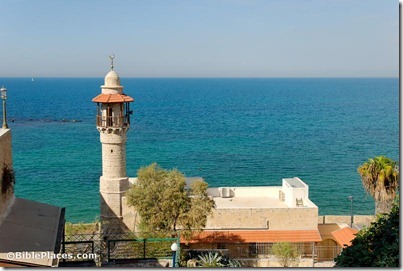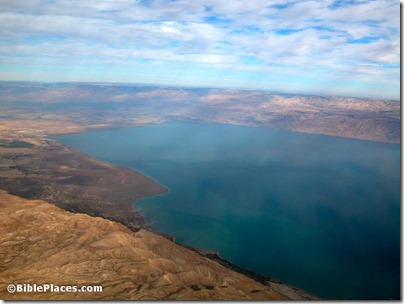If you want to see more of the Herod exhibit than the Israel Museum put online, you can watch a 13-minute video tour. The audio is in German, but everyone can get a feel for the displays.
A blogger on Forbes gives some of the tax history of the first four Dead Sea Scrolls.
If you have missed Chris McKinny’s recent series Secret Places, he will be back. He has been teaching an intensive course in Israel and is now supervising excavations at Tel Burna. You can follow the results there as he and others post on the day’s finds, beginning with Day 1 and Day 2.
It’s never occurred to me that the Hinnom Valley has been redeemed, but Wayne Stiles makes a case.
Luke Chandler’s blog hosts the world premiere of a new short film titled “Khirbet Qeiyafa: A Fortified City in the Kingdom of Judah.”
Some tourists are starting to return to Greece as the rioting subsides and the prices go down.
In fact, you can now book a tour of Greece with the Associates for Biblical Research. The 12-day trip in March 2014 will be led by Gordon Franz. The cost is $3199.
A Chinese tourist who left his mark on an Egyptian temple got in trouble.
Israel Today has a 2-minute video tour of Jaffa (biblical Joppa).
HT: BibleX, Alexander Schick
Photo from Pictorial Library of Bible Lands
